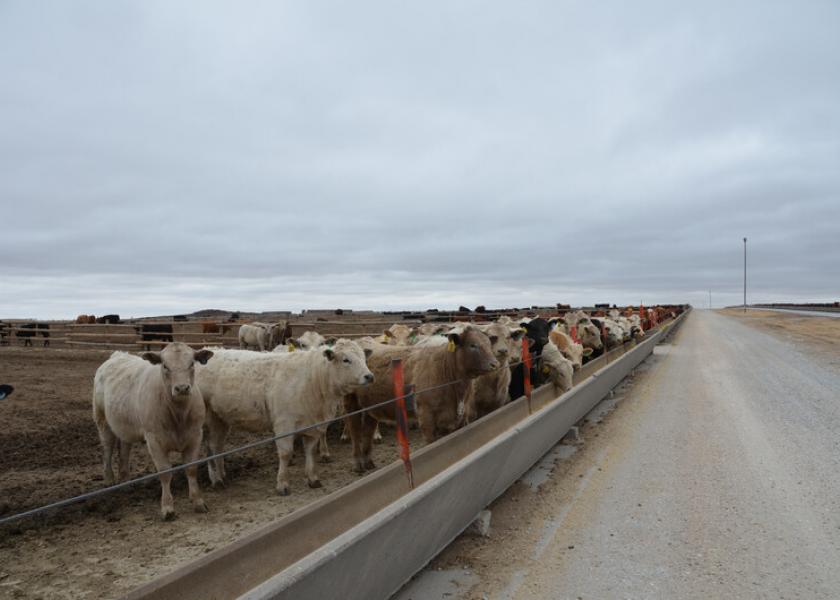Meat Institute: Grassley-Fischer Remains ‘Onerous’

The North American Meat Institute said the latest version of the Grassley-Fischer government mandate bill is now more onerous and more irrelevant as market driven prices for cattle producers have steadily risen to seven-year highs.
“Supply and demand has already driven the cattle markets back into balance without the radical government interference and convoluted mandates called for in the latest draft of the Grassley-Fischer bill,” said Meat Institute President and CEO Julie Anna Potts. “Make no mistake, the bill still contains government mandates directing how producers market their cattle.”
The new draft mandates a certain amount of cash-market sales between packers and cattle feeders, establishing “government approved pricing mechanisms” by which cattle must be bought and sold.
“If this bill becomes law,” said Potts, “there will be cattle producers who want alternative marketing arrangements (AMAs) but will instead be forced to sell on the cash-market, and the industry will turn back time to the days of commodity cattle, or worse, to government-controlled markets.”
At the 2022 American Farm Bureau Federation Annual Convention in Atlanta, Dr. Stephen R. Koontz, professor in the Department of Agricultural and Resource Economics at Colorado State University said, “Mandated cash trade is not going to get you better price discovery. It's going to put a $50 cost on calves impacted.” This $50 cost per head will be shouldered by cattle feeders and cow-calf producers - those hard hit by the pandemic.
AMAs benefit producers and consumers because producers are incentivized and rewarded to invest in the quality of the herd, resulting in consistent high-quality beef that consumers demand. With the premiums producers can receive through AMAs, producers can continue to innovate, which is critical as consumers increasingly demand – and the industry provides – more sustainable beef. Without a robust and market-balanced role for AMAs, the costs associated of meeting increased sustainability will be borne by producers, either through higher costs of production or decreased demand for beef.
Both the American Farm Bureau Federation and the National Cattlemen’s Beef Association, the nation’s two largest producer organizations, oppose mandates.







